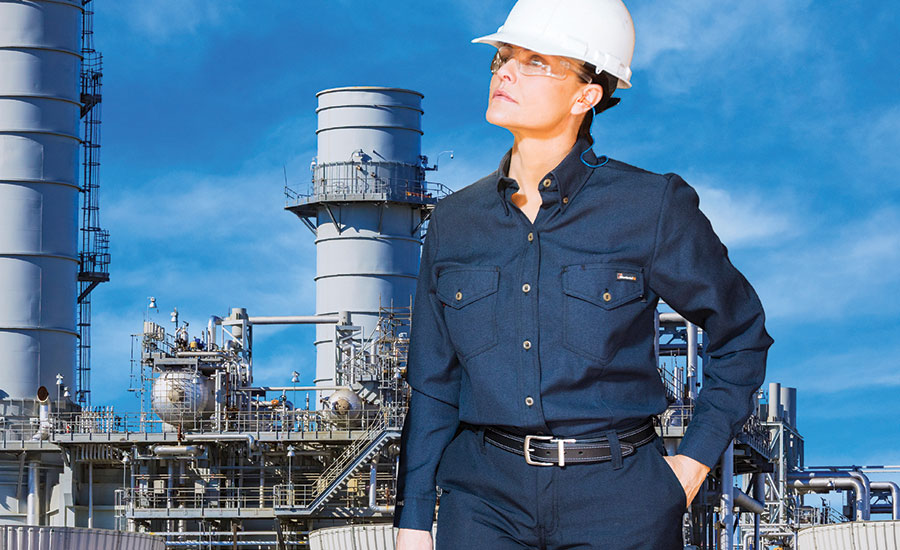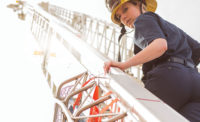In various industrial work environments a major problem is the lack of style and design differences in men’s and women’s protective clothing. When specific types of workwear are necessary to support safe and effective job performances, women who work in occupations traditionally held by men often face limited choices.
Women workers at risk
In fact, in a 2016 study — conducted by Prospect, the Women’s Engineering Society (WES), Women into Science and Engineering (WISE), Trades Union Congress (TUC), and Institution of Mechanical Engineers Support Network — only 29 percent of the 3,086 women surveyed reported having PPE designed for their gender. Furthermore, 83 percent of the women surveyed reported that their PPE had, at least occasionally, hampered their work.
To safely protect workers from hazards, it is important to have attire that fits properly and offers necessary protection, such as FR properties, increased durability and enhanced visibility. Clothing that fits improperly may catch on something, impair movement or leave areas of skin exposed to hazards –– significantly endangering the wearer. Without properly fitting options, workers may also be less inclined to wear protective garments and be out of compliance with safety standards. They may roll up sleeves or pant legs, make alterations or forgo the protective clothing entirely.
Gender-neutral clothing
During World War II, when women began to work in factories to manufacture airplanes, ships, weapons and beyond, pants made for women were not commonplace. This resulted in many women altering men’s trousers to make suitable workwear. Since this time, the fashion industry has developed a variety of women’s pants styles, but these trends have not made a significant move into industrial occupations. Generally, clothing styles for women in oil and gas, electrical utilities, and even fire service are often gender neutral.
Growing demand
Today, the number of women holding industrial occupations has continued to grow and so has the need to ensure that female workers have PPE that fits correctly. In fact, according to a 2014 report by the American Petroleum Institute, women account for approximately 19 percent of employment in the oil, gas and petrochemical industry. Women also comprise 22.4 percent of the total employment in the utilities industry, according to the U.S. Department of Labor.
Seeing this growing demand for women-specific clothing in industrial professions, FR clothing manufacturers have made dramatic improvements to women’s lines.
Whether culturally acceptable, trendy or practical, the main criteria for developing PPE should be safety. With an increasing need for women’s workwear styles, industrial clothing options for women will need to continue to evolve.


![Womens_sizing_NR_HI-RES_900x362[1].jpg Womens_sizing_NR_HI-RES_900x362[1].jpg](https://www.ishn.com/ext/resources/2022/08/04/Womens_sizing_NR_HI-RES_900x362%5b1%5d.jpg?height=200&t=1659651543&width=200)